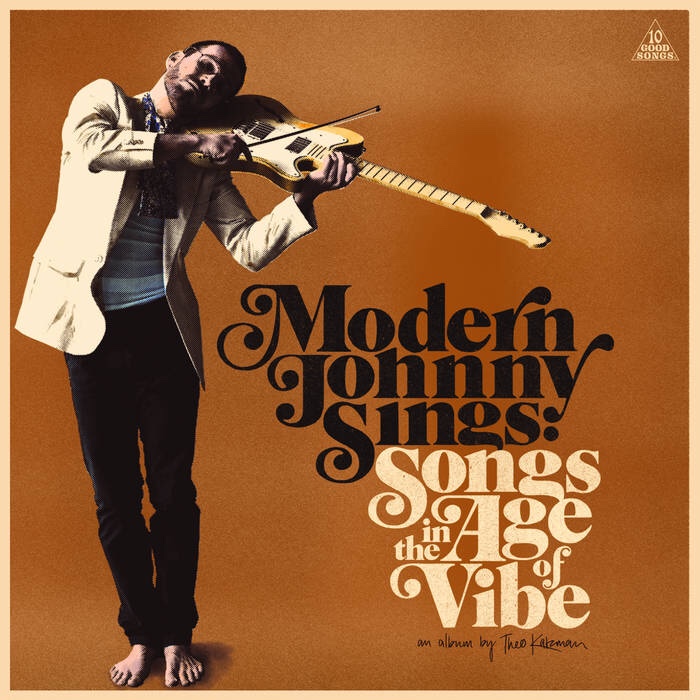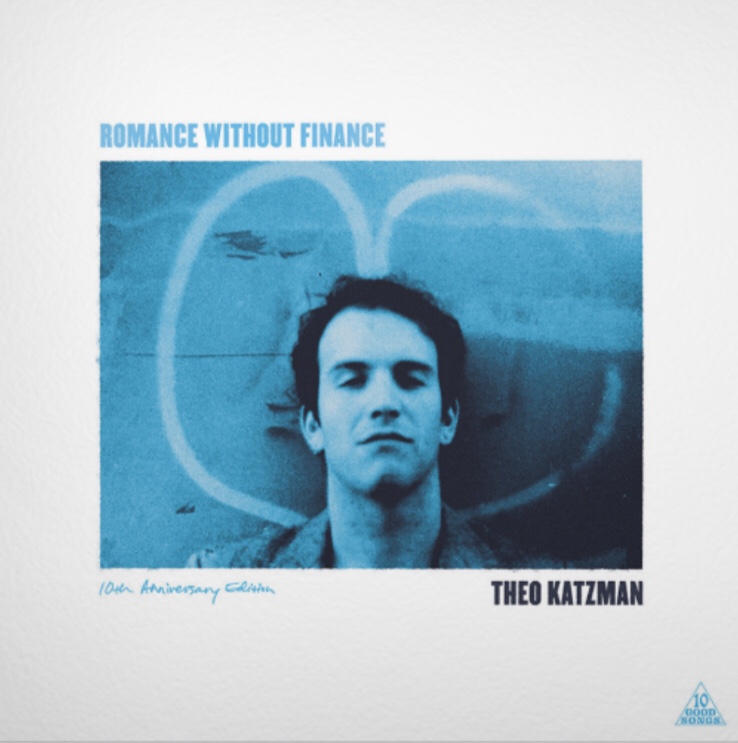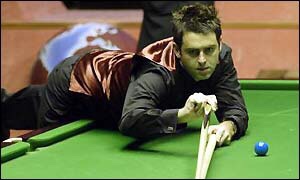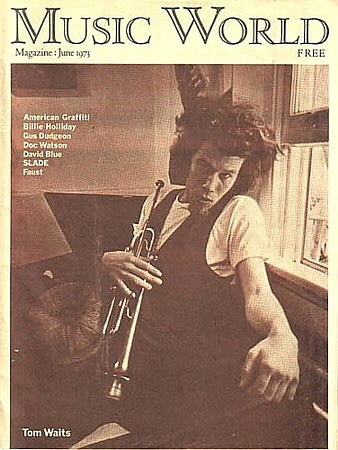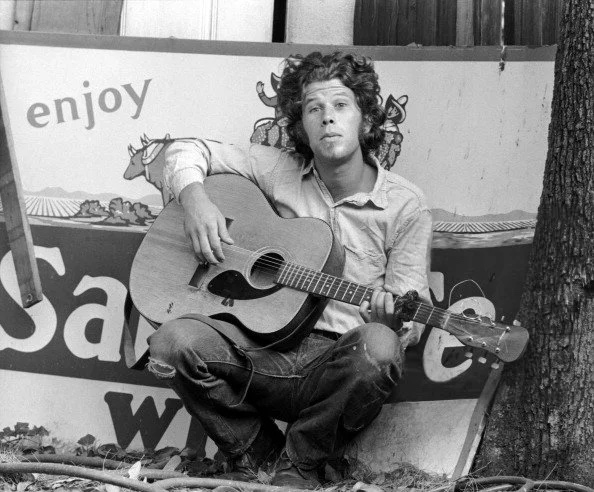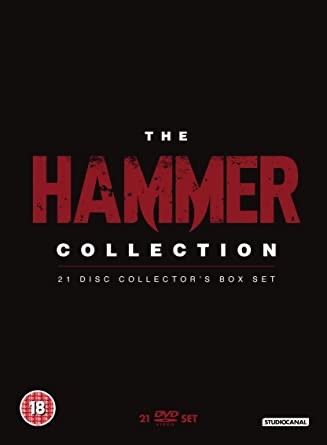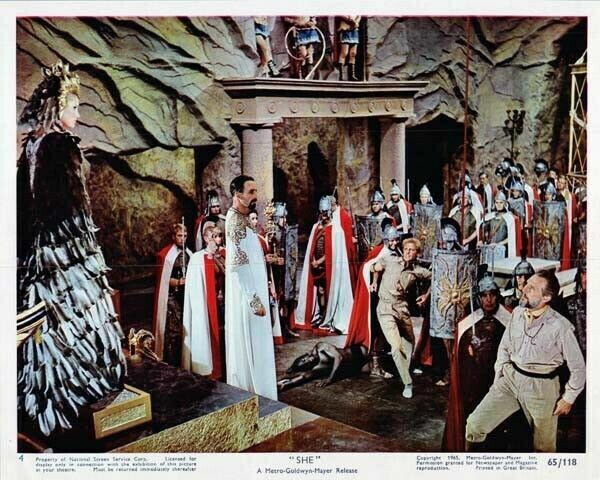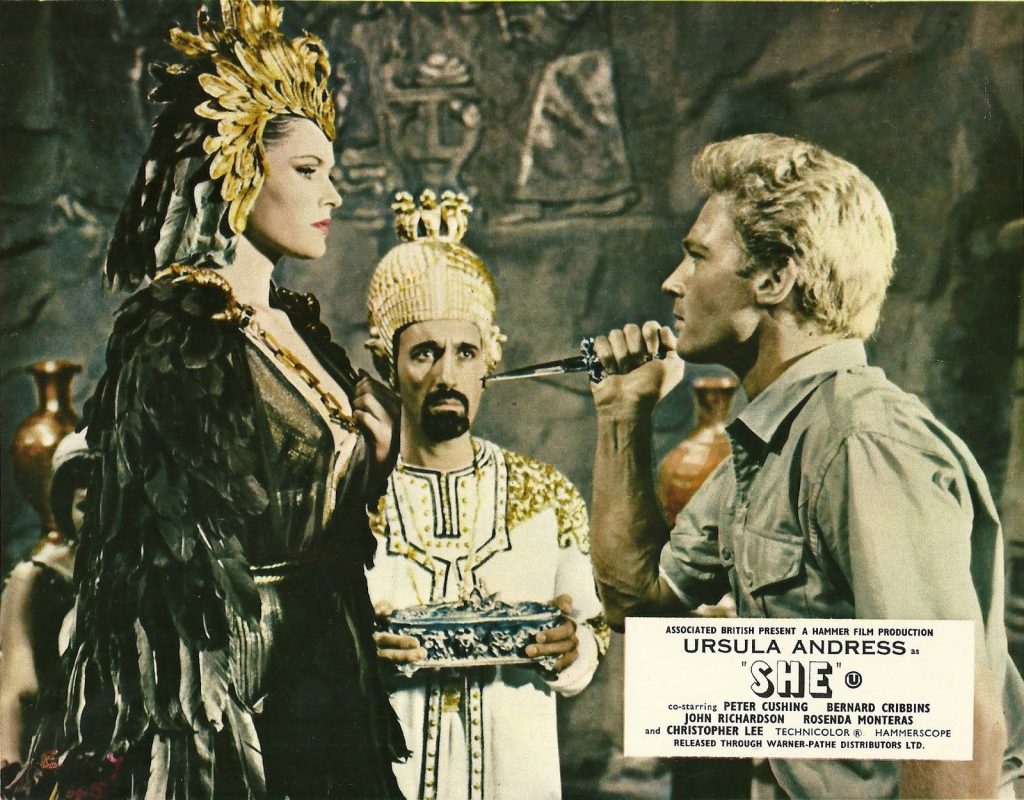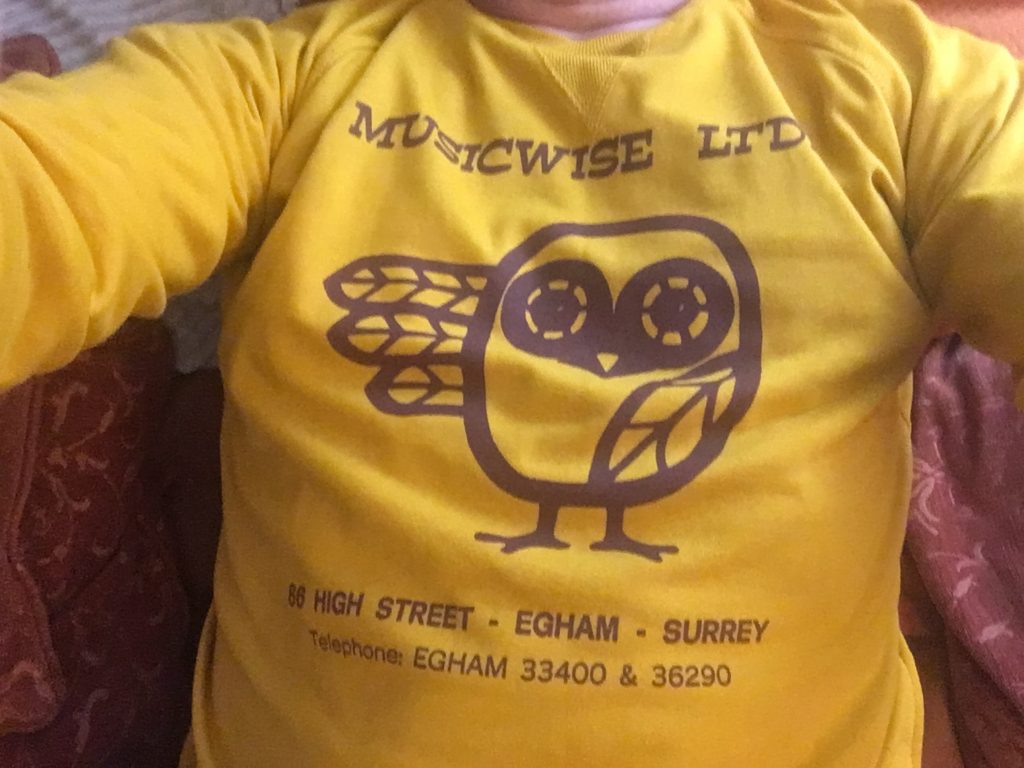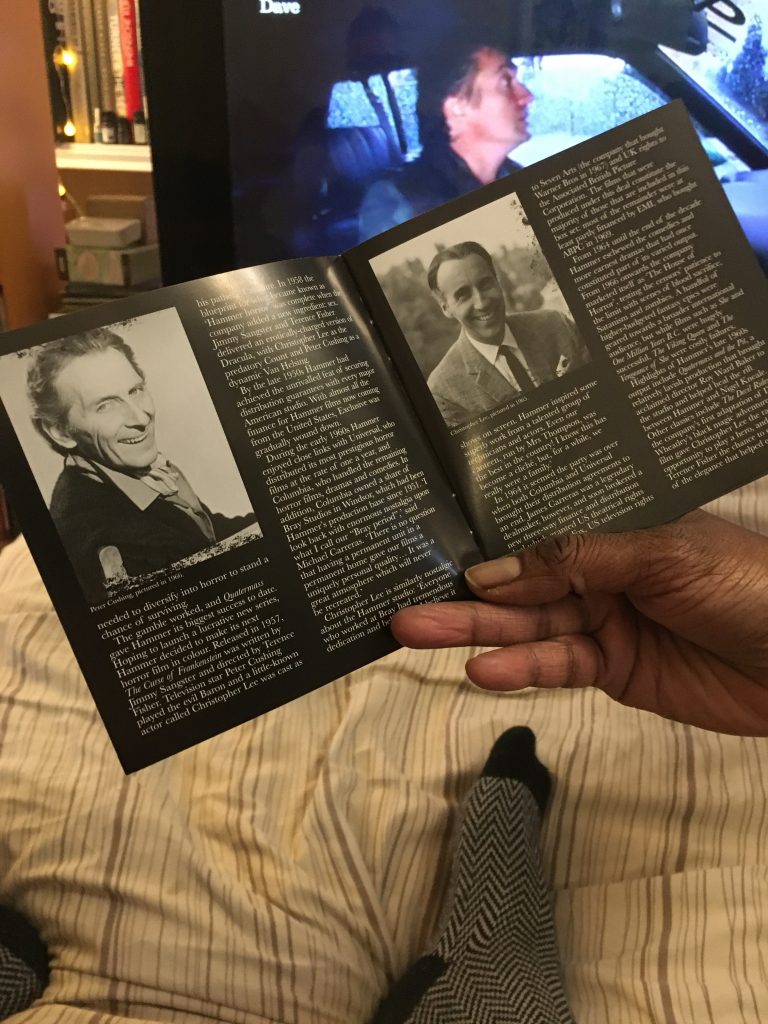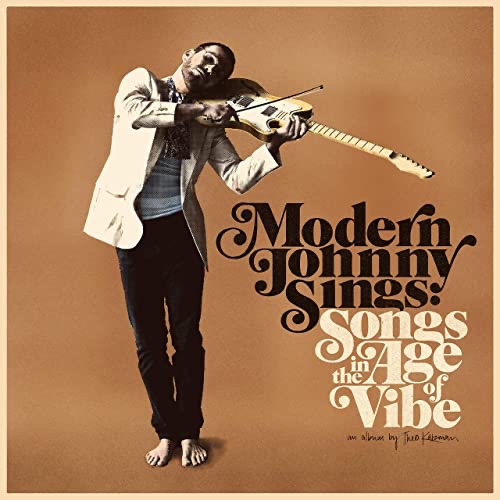

Wow! What a talented guy Theo Katzman is. Not only is he an ace drummer, singer and guitarist, but he’s also an excellent songwriter and producer.
The music here is kind of pop/rock. But those two words fail utterly to encapsulate the richness of Theo’s music. It’s very indebted to the best sounds of the late ‘60s and the early to mid ‘70s, something also attested to by the album cover design. But it’s also very contemporary, partly thanks to his amazing voice, partly the postmodern magpie gleanings in the music, and also the very high production values.
If there was any justice in this world Katzman would be massive. A global superstar. He’s very much an heir to folk like James Taylor and Joni Mitchell; raw talent with oceans of genuine heartfelt soul. Ok, so I guess, given how much I’m diggin’ this, on my 50th birthday – a present to myself! (BTW Thanks Patrick for the Amazon voucher with which I bought this.) – and my first full listen through, I ought to do a track by track appreciation.
The album – digital only (at this juncture) – starts with the fabulously positive yet raunchy rock of ‘You Could Be President’. Am I right in thinking this first appeared online under a different name? Whatever, it’s just terrific. The first thing to note is how beautifully produced it is. As Theo’s an excellent drummer, it shouldn’t perhaps surprise that the drum sound is literally perfect. Crisp and dry, yet dig the rich timbres of the toms in the fills!
This first track also combines an extremely funky folk-rock guitar riff, with a simple yet clever verse structure – two measures of 4/4 finished with one of 3/4, juxtaposed with a kind of ‘primary colours’ style chorus, and ending on an epiphany of vocal prowess, including a phrase for our times ‘yeah, no…’
‘The Death Of Us’ struts with an elastic funk. Lovely little touches, like congas and guiro, enrich the delightful groove. Whilst ‘You Could Be President’ has a sublimely musical/soulful and tasteful slide guitar solo, ‘Death Of Us’ features talk-box. Like the font on the cover, it’s super-‘70s, in the best way possible.
‘What Did You Mean (When You Said Love)’ is chosen as the favourite track in a lot of the online reviews of this album I’ve seen. And I can see why. I love it. But it’s not my favourite track. Perhaps because it’s the most ‘contemporary pop’ sounding on this near flawless album. That said. It’s bloody brilliant. And grows on me with every listen.
Katzman’s vocals (that phrase was just rendered as ‘Katzman avocado’ by my iPhone’s predictive text function!) are incredible. And on this track he uses his skills in a performance that puts me in mind – ever so slightly – of the kind of vocal performances favoured by TV talent show judges. But whereas those performances are too often like very well performed karaoke, here it’s the artist themself bringing these skills to bear on their own material. A quite different proposition.
Track four, ‘Hardly Ever Rains’, hits closest to my own emotional tenor, with it’s clever yet soulful and very 60s-70s folk rock vibe. Poss’ my favourite track (thus far!) Katzman’s more baroque pop tastes come to the foreground on ‘Lily, of Casablanca’, with it’s more complex arrangements and jazzier chord voicings. Once again this talks directly to my own tastes and preferences. But as superb as it is, I admire this one more than I’m moved by it. If that makes sense?
One thing I miss about not having this on CD (or even vinyl*) is not being able to read stuff as I listen, as I write this. Darting between the Amazon Music app and Notes is annoying! Anyway, back to the music: ‘Best’ is slightly funkier, rhythmically, and one of the tracks that helps earn the album an *explicit* warning. It’s another of the harmonically richer numbers, as opposed to the folksier ones.
Talking of which, ‘100 Years From Now’ sounds, esp’ as it starts, like one of the latter, although actually it’s quite subtly harmonically rich, belying the quite stripped down mellow vibe. Many of the songs here are surprisingly mature lyrically, mixing a homespun philosophical vibe with a modern burned-out take on the ‘age of ego’. In a way this track captures the essence of Theo; witness the near solo passage, just guitar and voice, which starts the verse about the pal meditating in a Thai monastery. And even the way it ends says something astonishingly simple yet profound. In the midst of an intense chorus, perhaps like our lives, it just suddenly stops. Theo, you, sir, are a genius! Brilliant!
‘Darlin’ Don’t Be Late’ continues the shockingly strong succession of musical excellence. There’s so much in the mix. From the whole torch song and jazz tradition, of harmonic movement/resolution, to shades of everything from Steely Dan to ‘80s Bob Dylan, with The Eagles and all sorts in a soulful bouillabaisse of utter gorgeousness. It sounds very different from Jeff Buckley’s amazing Grace album, but it has an equivalent, if somewhat warmer more organic richness.
‘(I Don’t Want To Be A) Billionaire’ is terrific. More funky, with a kind of N’Awleans bounce, it addresses the current climate of Mammon worship blighting the world, and perhaps the US in particular. ‘I don’t want to sing along, if a computer wrote the f*ckin’ song’ he sings, in an impassioned way. Amen, brother Theo, I’m feelin’ you deeply.
‘Like A Woman Scorned’ is terrific musically – as is absolutely everything here (the cover says ‘12 good songs’, and for once they ain’t joking!) – and very interesting lyrically, as it addresses the contemporary state of the ‘battle of the sexes’. Theo is great at articulating some difficult things, and making art out of his musings on a subject that concerns us all, whether we like it or not. I’m not being ironic when I say… good man!
‘Fog In The Mirror’ mines the starker seam of Theo’s muse – and, quite unbelievably, as I type this he sings ‘a sad romantic looking for a muse’ – damn, but I do love a spot of synchronous serendipity! I think this one is competing with ‘Hardly Ever Rains’ for my favourite. I’m essentially a melancholy soul! And that aspect of many artists often touches me deepest.
And so we arrive the final track, ‘All’s Well That Ends Well’. It’s worth pausing here to note the role piano plays on this album. With a CD or vinyl I’d hope for instrumental credits. So far I’ve not found any. Is Theo playing piano, as well as all the other things we know he does? And which tracks is he drumming on? As a fellow muso I love knowing such things.
Musically the final track is another that could stand for the whole album. It moves effortlessly between ultra minimalism, such as the final verse, which strips right down to piano and vocals, before building to a rich chorus with the whole band, only to end on the minimalist vibe, so quiet and delicate you can hear the dynamics pedal of the piano being released.
So there you have it, the whole album, track by track, as I see and hear it. Now that I’ve listened to the whole thing Amazon Music has served up ‘Browns At Home’ by The Greyboy All Stars, which – as much I might want to object to such algorithmic stuff – is perfect! But, discipline,

